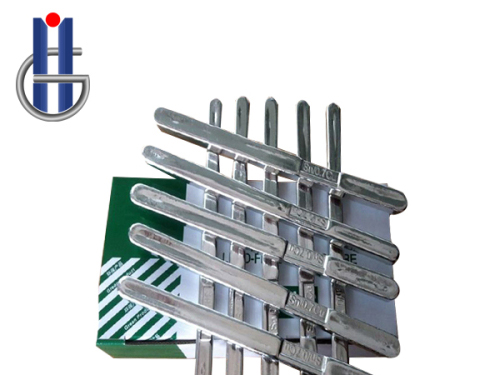Pure tin bars, known for their exceptional purity and malleability, have found diverse applications across various industries. With a long history dating back to ancient civilizations, tin remains a valuable metal due to its unique properties. This article delves into the characteristics, applications, and advantages of pure tin bars, shedding light on their role in modern manufacturing and craftsmanship.
Exceptional Purity and Composition:
Pure tin bars are crafted with a focus on achieving exceptional purity levels. Typically composed of at least 99.9% tin, these bars are free from impurities that may compromise the metal's properties. The high purity of tin bars makes them ideal for applications where the integrity of the material is paramount.
Malleability and Formability:
One of the standout features of pure tin bars is their remarkable malleability. Tin is known for being easily shaped and formed, making it a preferred material for artisans and craftsmen. The malleability of tin allows for intricate detailing, making it suitable for various artistic and industrial applications.
Soldering and Electronics:
Pure tin bars are widely used in the electronics industry, particularly for soldering applications. The low melting point of tin makes it an excellent choice for creating reliable and conductive solder joints. This property is crucial in the assembly of electronic components, ranging from circuit boards to intricate electronic devices.
Corrosion Resistance:
Tin possesses natural corrosion resistance, making pure tin bars an attractive option for applications where exposure to moisture and environmental elements is a concern. This corrosion resistance contributes to the longevity of products made from pure tin, whether they are decorative items or components in electronic devices.
Food Packaging and Safety:
The safety of pure tin bars for contact with food has led to their use in the food packaging industry. Tin-plated steel, often derived from pure tin bars, is employed in the production of food cans. This ensures the preservation of food quality while meeting safety standards for food contact materials.
Artistic and Decorative Uses:
Artisans and craftsmen appreciate pure tin bars for their aesthetic qualities. The malleability of tin allows for the creation of intricate designs, making it a popular choice for decorative items, ornaments, and artistic applications. Tin's natural luster adds to its appeal in creating visually stunning pieces.
Alloying and Enhancements:
While pure tin bars are valued for their high purity, tin is also used in various alloy compositions to enhance specific properties. Common tin alloys include bronze, pewter, and solder alloys, each tailored to meet the requirements of specific applications, from metal casting to soldering in plumbing.
Environmental Considerations:
Pure tin is a sustainable and environmentally friendly material. Its recyclability ensures that products made from tin can be reused, reducing the environmental impact of manufacturing processes. This aligns with the increasing emphasis on sustainable and eco-conscious practices in modern industries.
Conclusion:
Pure tin bars, with their exceptional purity and versatile properties, continue to be a valuable resource in diverse industries. From electronics and food packaging to artistic creations, the applications of pure tin extend across a spectrum of uses. As technology advances and industries evolve, the enduring appeal of pure tin bars remains rooted in their craftsmanship, reliability, and adaptability to a wide range of applications.



 High Purity Tin Ingot: Crucial Applications and Benefits
High Purity Tin Ingot: Crucial Applications and Benefits
 Pure Tin Ingot: Essential Material for Diverse Industrial Applications
Pure Tin Ingot: Essential Material for Diverse Industrial Applications
 Unlocking the Potential of Pure Tin Bars: Essential Components for Diverse Industries
Unlocking the Potential of Pure Tin Bars: Essential Components for Diverse Industries
 Lead Bar for Sale: Uses, Specifications, and Buying Considerations
Lead Bar for Sale: Uses, Specifications, and Buying Considerations